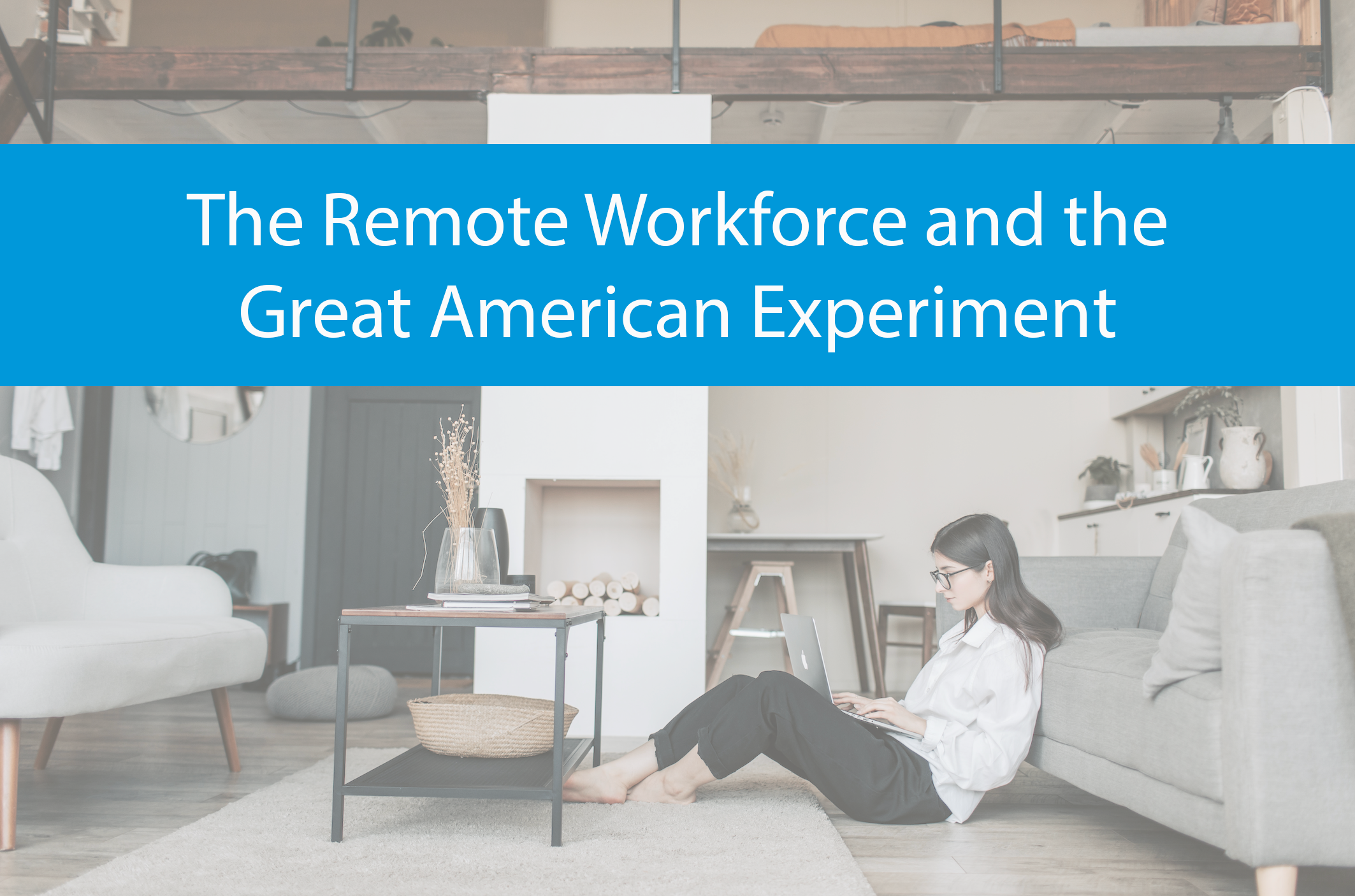Investors need more than a gut feeling to jump into large investment opportunities. They need data to help support their investment decisions and to pinpoint the right opportunity. As the coronavirus pandemic continues to disrupt commercial real estate, many investors are unsure about how to identify a good opportunity and what data to trust.
There are two types of investors that invest in commercial real estate; institutional investors and personal investors. Institutional investors like REITs, pension funds, and Insurance companies are most likely to invest in large office buildings, apartments, warehouses, and shopping centers. Of course, most are interested in using scale to leverage their purchasing power. The personal investor has just recently had access to this leverage through Crowdfunding (such as CrowdStreet and Investopedia), which allows small dollar amounts to be invested in larger projects that reach tens of millions of dollars.
As we look at personal investing in commercial real estate the focus is on asset classes that are tied to what is hot during the pandemic times. The cap rates for these assets that are for sale are between 4.5% for chain retail stores and 8.5% for individual retail stores. According to Propmodo, asset classes such as last-mile industrial and grocery based retail are among the more popular asset classes during the pandemic.
Along with the asset class and location, the probability of a tenant to pay rent is a major contributing factor when considering investing in commercial real estate. Investing in a triple net asset, meaning the tenant pays for all taxes, insurance, and utilities along with most repairs absent of structural issues will move risks off the investor. Keep in mind that triple-net assets still are a risk, especially if the tenant ends up in default.
So what type of commercial real estate are investors focused on during the pandemic? They are primarily focused on “essential” and “pandemic thriving” asset classes. The major data points needed to determine what real estate to buy are the location, type of structure, age of asset, condition of the asset and most importantly how stable is the tenant and what is the probability of them paying rent during your ownership period.









